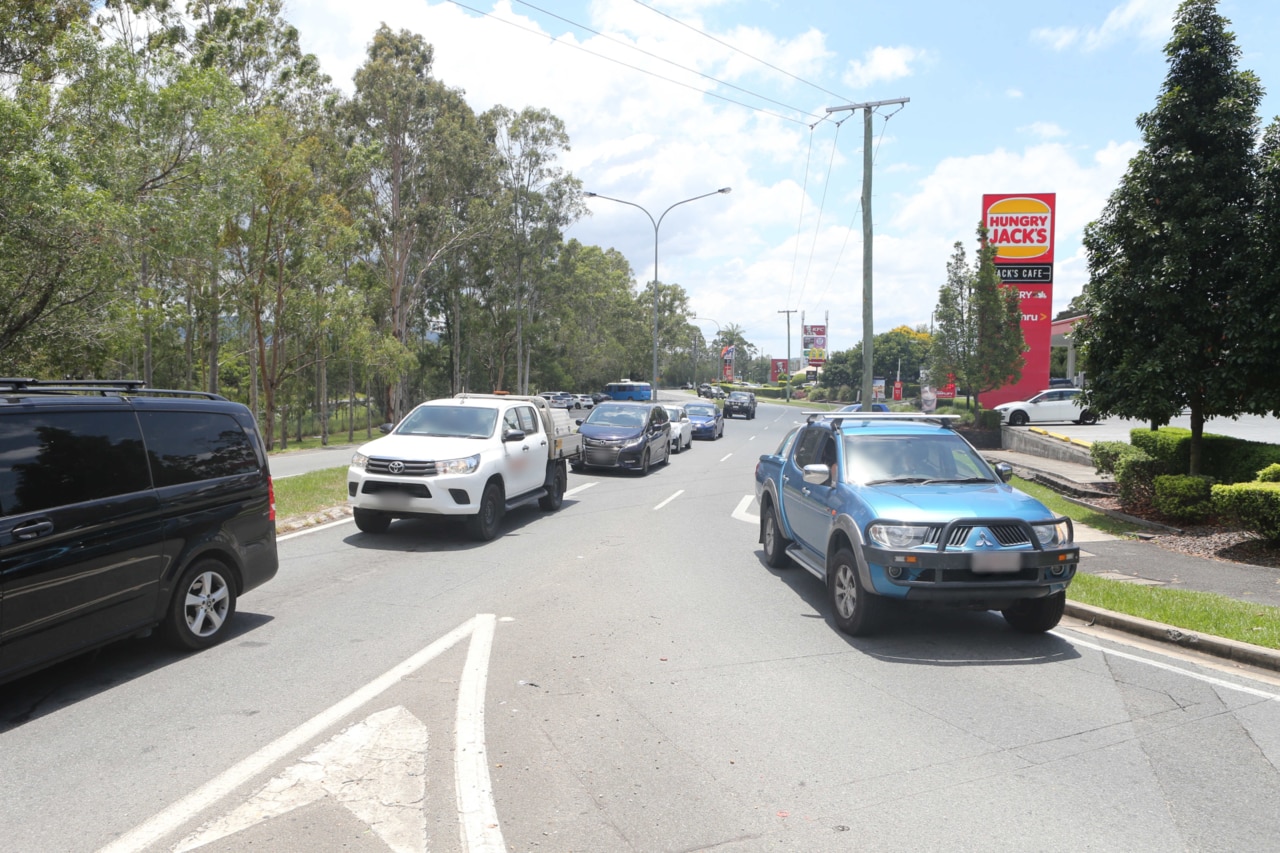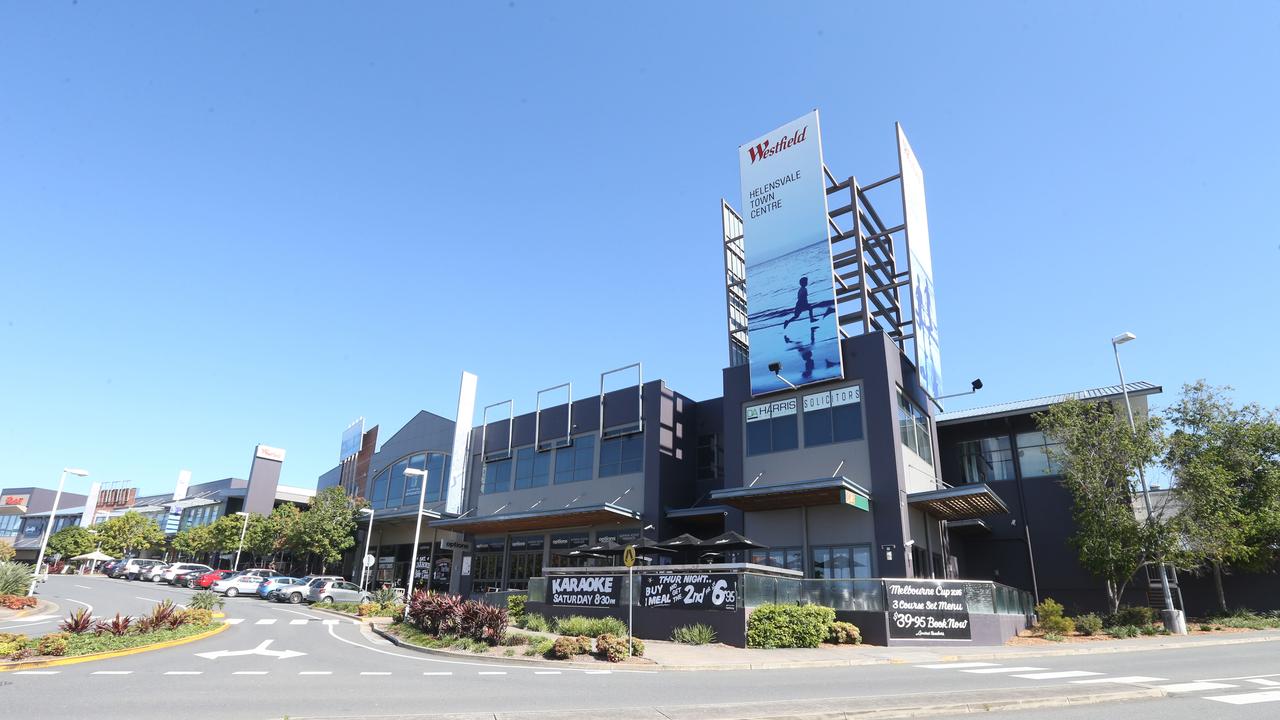Gold Coast Airport Masterplan: Why rail link is key
An urban planning expert says Gold Coast Airport faces a long term transport nightmare if a rail link is not locked in. This is why.
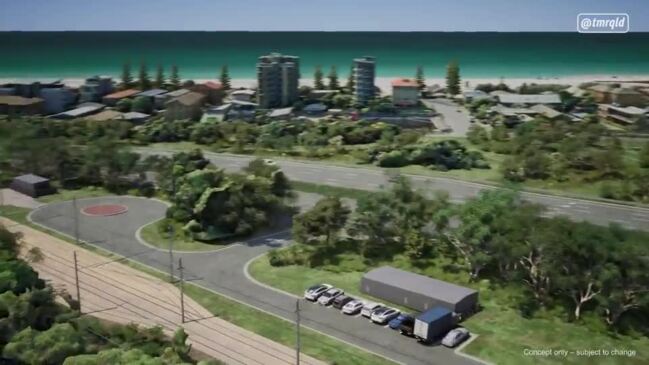
Transport
Don't miss out on the headlines from Transport. Followed categories will be added to My News.
Imagine if you threw a party and nobody came because they couldn’t get there. It would be a minor catastrophe.
That sort of social misadventure is the small-scale version of the big and costly catastrophe that befalls major infrastructure projects that get their transport planning wrong and find themselves with a shortage of guests.
Right now, Gold Coast Airport has plans for the infrastructure version of a very big, long-running party that has the potential to be a transformative triumph for the Gold Coast, South-East Queensland and northern New South Wales.
The plans were released in the form of the draft Gold Coast Airport 2024 Masterplan. It’s a bold document that envisions the airport as not just a transport hub but an urban centre and a destination in its own right.
Queensland Airports Limited CEO Amelia Evans said the vision is for an “airport of the future” with a mixed-use precinct featuring a retail village, health and wellness hub and a conference and tech centre.
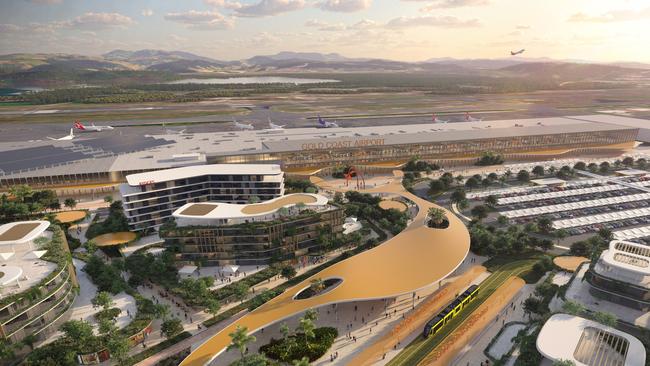
A modern airport can be so much more than just a place to get on a plane if it’s done right. Just look at Singapore’s Changi Airport, which is very much a destination in its own right with indoor gardens, mazes, play centres and wedding venues alongside the more traditional shopping, restaurants and bars.
So it’s exciting to see Gold Coast Airport release the 20-year vision for the airport that, for Australia, is most synonymous with holidays, adventure and having a good time.
The key to success, however, will be transport and, in particular, rail.
If rail is not done right and the airport of the future must rely too much on the buses and cars of the past, the party will run the risk of too many guests failing to show up on time or even at all.
Encouragingly, Ms Evans mentioned at the outset a focus on accessibility and ensuring that “the airport precinct is seamlessly connected with the rest of the city with the delivery of a public front-of-terminal plaza servicing both light and heavy rail”.
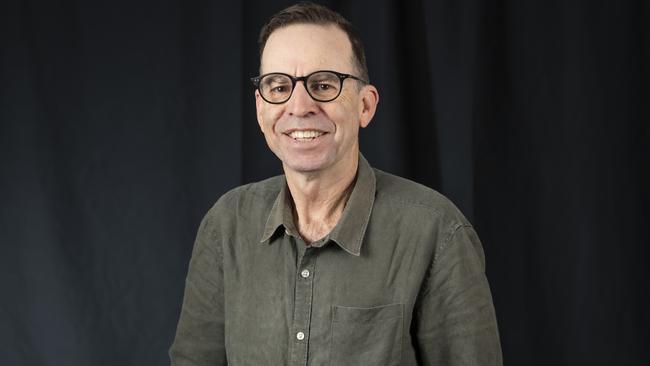
The need is clear: the Masterplan notes that Gold Coast Airport’s location on the Queensland-New South Wales border gives it a major role in the tourism regions of South-East Queensland and Byron Bay.
That importance will only increase: there were more than 6.2 million passenger movements through Gold Coast Airport in 2023, according to the plan, and by 2044, it’s expected to be almost 13 million.
Add to that increasing residential populations in the region and the economic activity around the airport, Southern Cross University, John Flynn Private Hospital and Tweed Heads, and it’s clear there will be many people needing accessible transport.
The concern is that neither light nor heavy rail is a locked-in feature of the future Gold Coast Airport. The Masterplan notes that planning has begun for the section of the Gold Coast Light Rail that would connect the airport and “although there are currently no funding or commitments to deliver the project … it has been assumed that Stage 4 will be delivered by 2032”.

That assumption may be ambitious given that just this week, Queensland Transport Minister Bart Mellish said Stage 4 could cost as much as $7.6 billion, while the newly-elected Gold Coast City Council appears evenly divided on trams going to the airport.
Similarly with heavy rail – which currently terminates 17km north of the airport – the Masterplan notes that an extension of the existing line to the airport has been included in Masterplans since 2001.
Transport officials are currently reviewing the preserved corridor that would extend heavy rail south to the airport and the Masterplan doesn’t identify a preferred corridor.
This is perhaps a sign that the owners of Gold Airport have little confidence that the extended heavy rail line will ever arrive.
Further, while the Masterplan shows a well-located station combining both light and heavy rail, it makes no provision for the heavy rail line to get to the platform without demolishing the envisaged buildings on the way.
The opportunity for all parties – local, state and federal government and airport owners – right now is to enshrine rail into the Masterplan from the start.
This will avoid some of the challenges we have seen in other airports where rail is relegated.
We have seen the costs of playing catch-up at major airports. Consider, for example, the continuing wait for a rail link to Melbourne’s Tullamarine and the acceptance of a substandard rail link for the nation’s newest major airport, the under-construction Western Sydney Airport.
And finally, if we do want people to use trains and trams to and from Gold Coast Airport, we can learn from the punitive passenger fares that have the effect of discouraging travellers from using the existing Sydney Airport and Brisbane Airport rail links.
Dr Daniel O’Hare is an Associate Professor of Urban Planning at Bond University.


